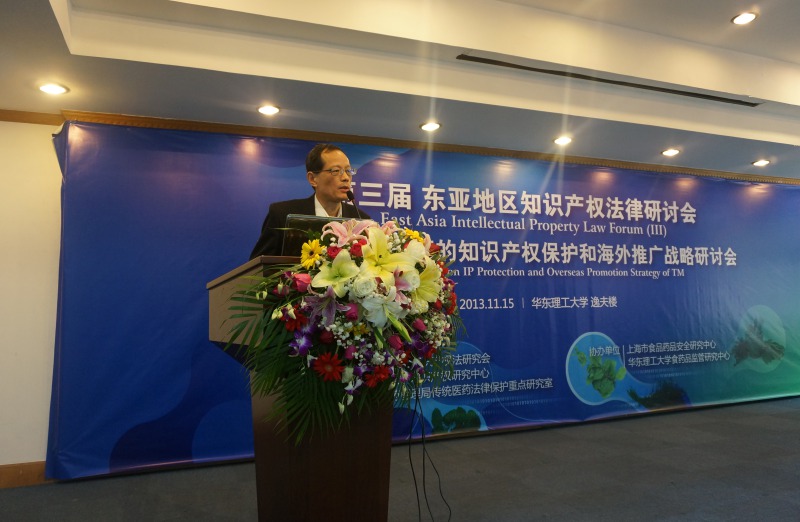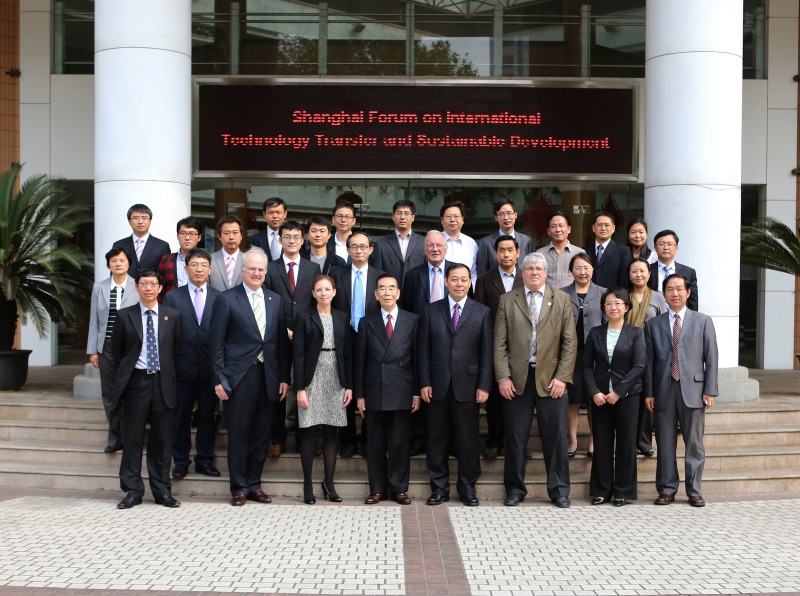Scientists used gene-editing techniques to create rice with herbicide-resistant genes
Recently, a team from the Chinese academy of agricultural sciences (caas) proposed and applied directed evolution of plant endogenous genes mediated by single-base editing technology to develop new rice germplasm with herbicide resistance, which can help crop precision molecular breeding.
Researchers at the Chinese academy of agricultural sciences say that over the course of a long history, traits that occasionally appeared on key genes in wild plants, such as large grains and good taste, have been passed down and eventually led to modern crops.However, the slow natural mutation rate of genes cannot meet the rapidly growing demand for crops in today's human society.
Based on the previous development of a series of single-base editors, the team put forward the concept of directed evolution technology of endogenous target genes in rice, artificially simulating the long-term evolution process of natural genes in rice cells, and creating thousands of new allele materials of target genes in a short time for breeding and screening.
As a result, the team at the early stage of the development based on a series of single-base editor, put forward the single-base editing techniques mediated rice endogenous target gene of directed evolution technology concept, in rice simulating the long evolution in the nature of gene inside the cell, in a short period of time created thousands of new alleles material target genes, screening for breeding.
Through herbicide resistance screening, the researchers successfully identified four new alleles with different levels of herbicide resistance that had not been found in nature.Moreover, the single base editing technique was introduced into rice variety nanjing 46, which was upgraded to "clean field rice", which was applied once or twice at seedling stage and no weeds occurred in the field at growth stage.
Source: http://m.gmw.cn
Time: 2020.02.19
next:Scientists have discovered a new anti-aging target gene


